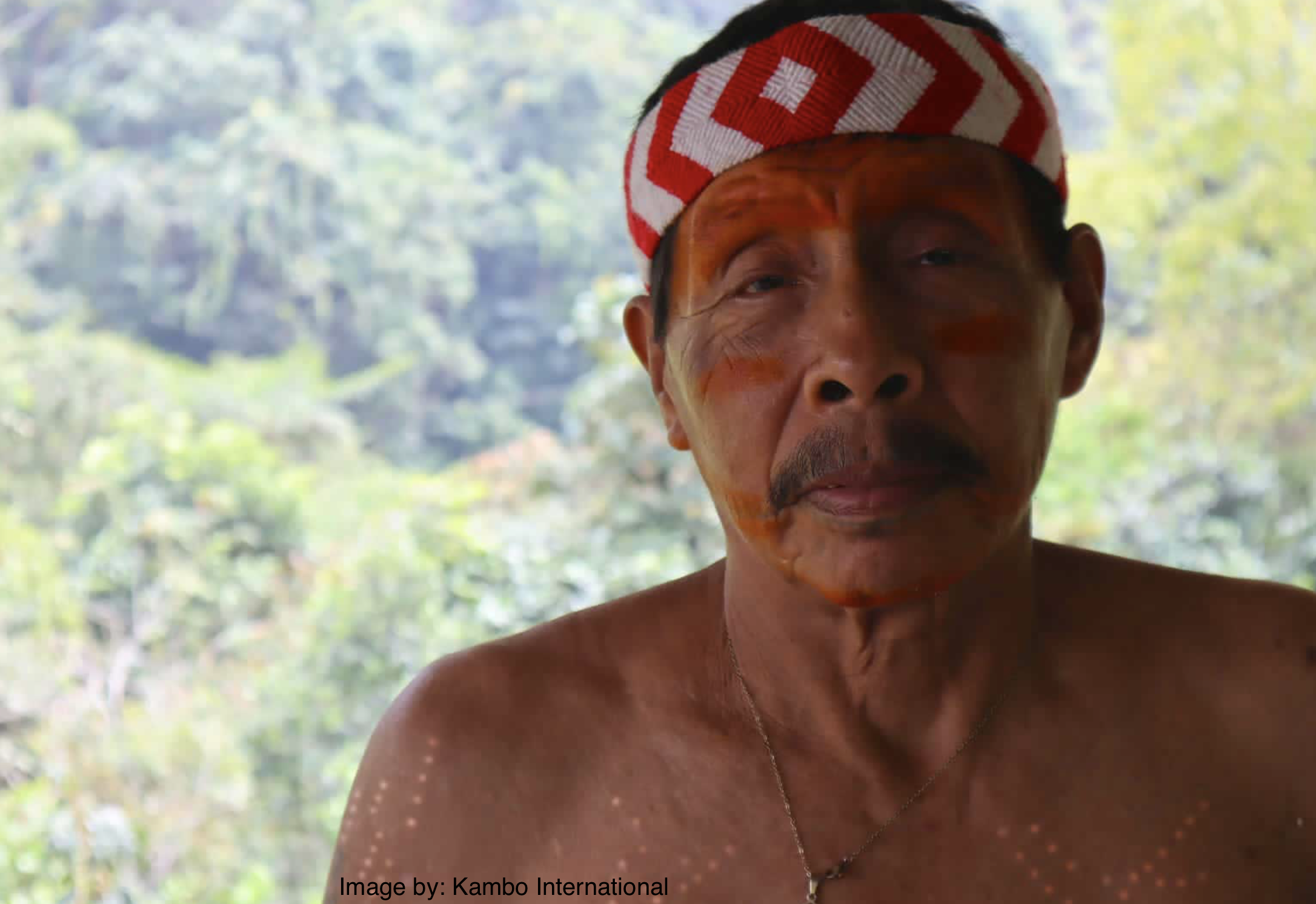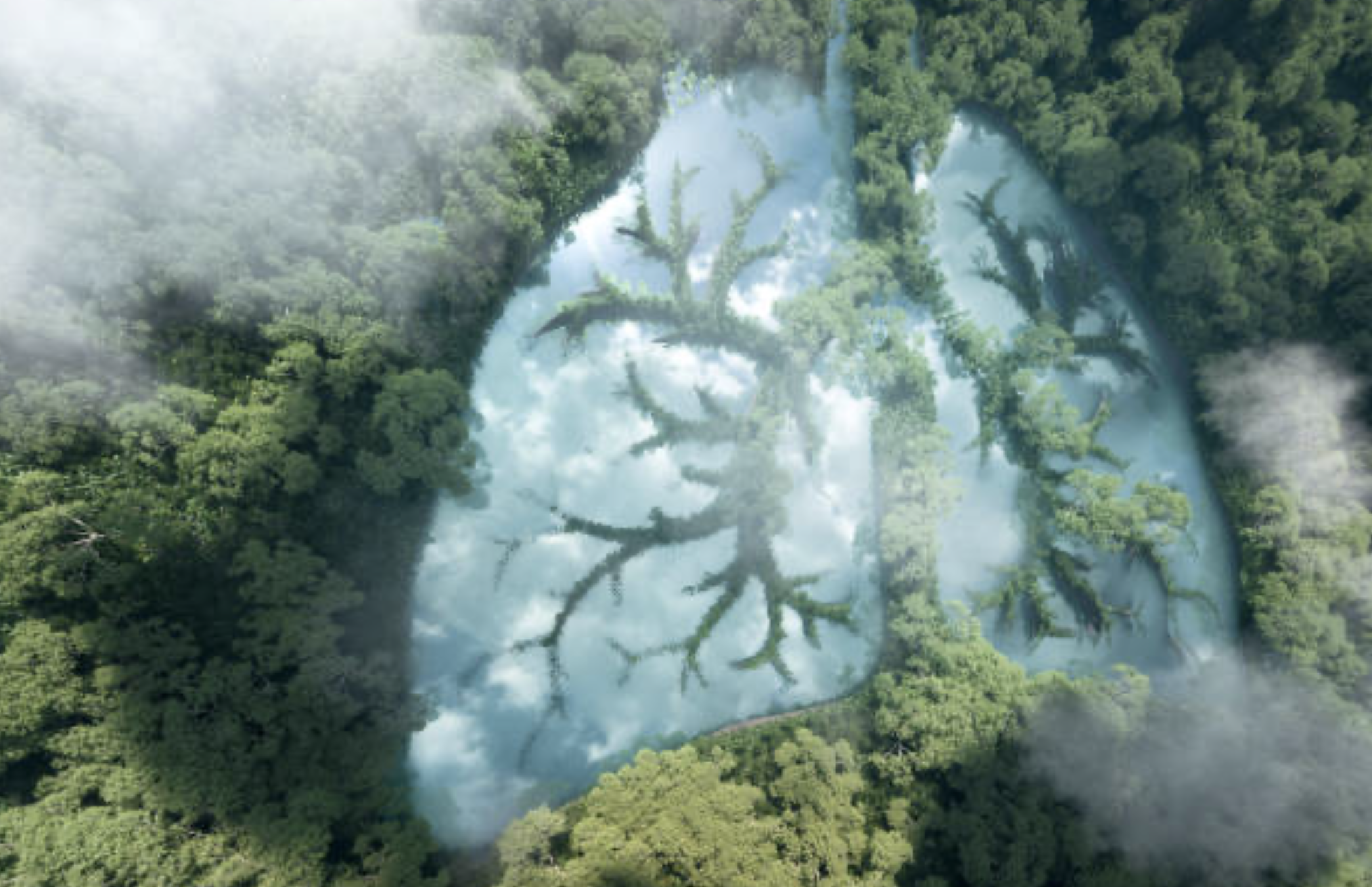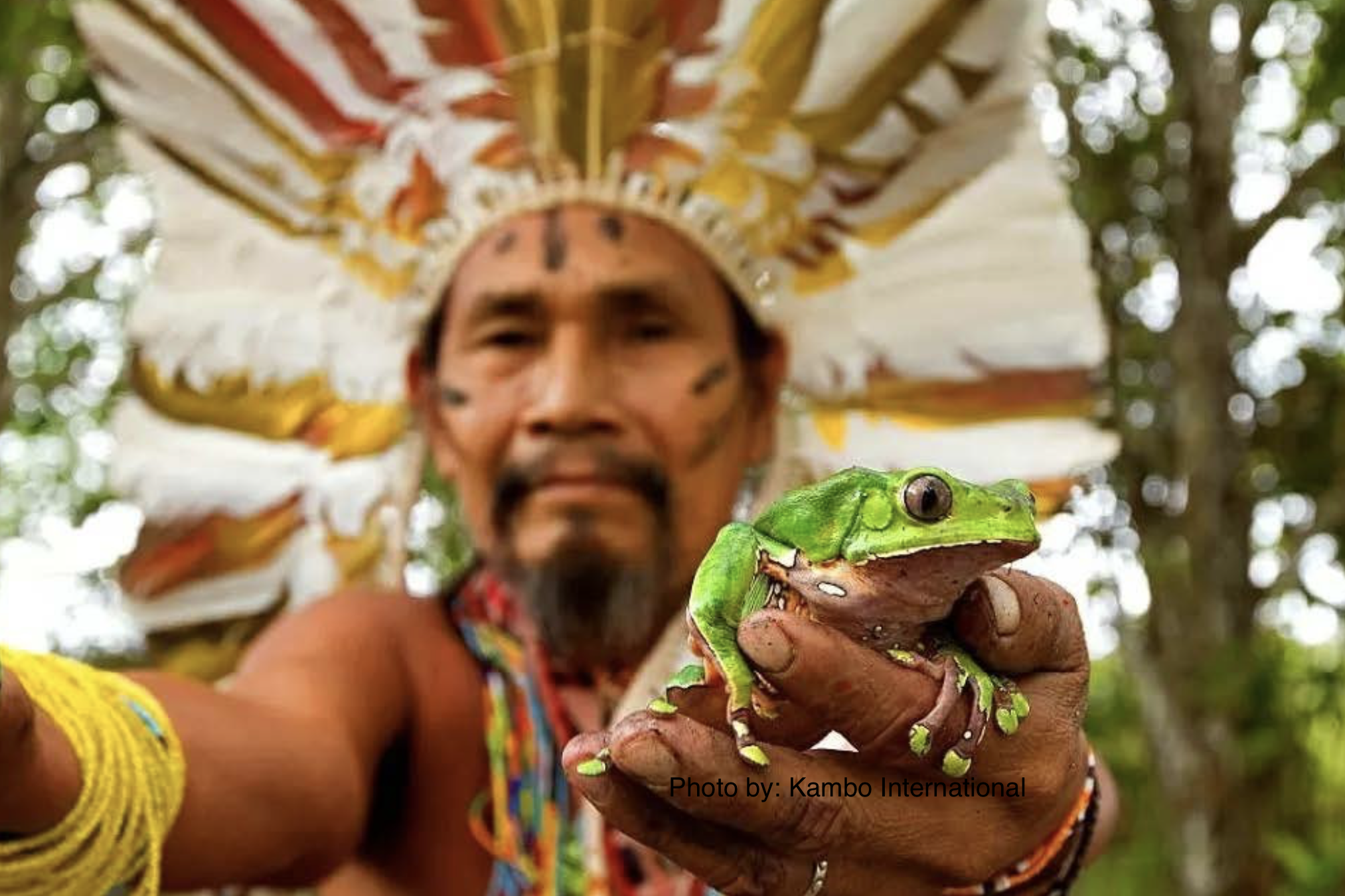
Kambô: The History

-

History
The use of Kambo dates back centuries and holds a rich history within indigenous tribes of the Amazon rainforest, specifically in Peru and Brazil. t was first discovered and utilized by these tribes as a powerful cleansing and healing tool. Kambo was traditionally employed for various purposes, including boosting energy, enhancing hunting skills, and promoting overall well-being. The indigenous people recognized the innate wisdom of nature and observed the potent effects of Kambo firsthand. Today, this ancient practice has gained recognition globally and is valued for its transformative and holistic approach to healing.
-

Legend 1
Kambo is said to be named after the legendary medicine man, Kampu. According to the Kaxinawa tribe, several members of their tribe suddenly became ill. Kampu attempted to heal them with herbs, elixirs, and various rituals; however, no progress was seen. Kampu journeyed deep into the Amazo jungle and was guided to sit with Ayahuasca for answers.
The spirit of Ayahuasca revealed to him how to speak, obtains, extract, and apply the white waxy secretion from the giant monkey frog. Kampu then returned his tribe and followed these instructions; his entire tribe was then healed.
-

Other Tribes
Since its discovery by Kampu, Kambo has been long used by indigenous Pano-speaking tribes in the Amazon, including the Katukina, Ashakina, Yawanwa, and the Matses. Ancient Mayas may have also used the “sapo” a their art depicted tee frogs next to mushrooms.
